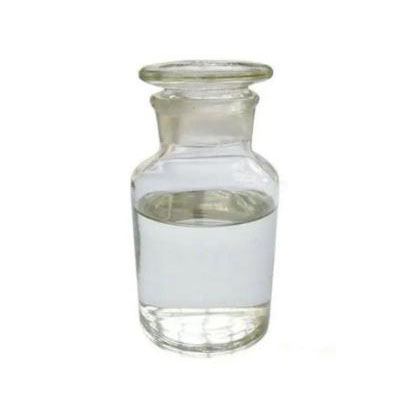What analytical techniques are commonly used to detect and quantify Delta Octalactone in samples
2023-10-23
The concentration of Delta Octalactone in products significantly influences its aroma and flavor impact. Delta Octalactone is an aroma compound with a distinct fruity, creamy, and coconut-like scent. Understanding its concentration is vital in product formulation to achieve the desired sensory attributes. Here's how its concentration affects aroma and flavor impact:
1. Intensity of Aroma and Flavor:
- The most straightforward relationship is that higher concentrations of Delta Octalactone result in a more intense aroma and flavor. When used at higher levels, the coconut and fruity notes become more pronounced and dominant in the product's overall sensory profile.
2. Threshold Sensation:
- Delta Octalactone has a sensory threshold, meaning that below a certain concentration, its aroma and flavor may not be perceptible. As the concentration surpasses this threshold, the compound's scent and taste gradually become more noticeable.
3. Balancing Act:
- In many product formulations, achieving the perfect balance of flavors and aromas is essential. An optimal concentration of Delta Octalactone can be used to enhance and complement other ingredients, creating a harmonious sensory experience.
4. Overpowering Effect:
- On the flip side, excessive use of Delta Octalactone can result in an overpowering, one-dimensional flavor and aroma. This can mask other nuances in the product, leading to a loss of complexity and subtlety.
5. Application and Product Type:
- The ideal concentration varies based on the type of product and its intended use. For example, in a tropical fruit-flavored beverage, a higher concentration of Delta Octalactone may be desirable, while in a delicate pastry, a lower concentration might be more suitable.
6. Consumer Preferences:
- Ultimately, the concentration of Delta Octalactone should align with consumer preferences. Sensory analysis and consumer testing play a crucial role in determining the right level to ensure that the product is well-received.
7. Regulatory Considerations:
- Regulatory bodies often specify maximum allowable concentrations for flavoring compounds, including Delta Octalactone, in various food and beverage products. Compliance with these regulations is essential.
8. Cost Considerations:
- Delta Octalactone, like other flavoring compounds, can be expensive. Product developers often consider cost-effectiveness when determining the concentration to use in formulations.
In summary, the concentration of Delta Octalactone in products has a direct impact on their aroma and flavor. Finding the right balance is a delicate and often iterative process, involving sensory analysis, consumer testing, and compliance with regulatory guidelines. Whether it's to create a tropical-themed beverage or a subtly coconut-flavored dessert, understanding and controlling the concentration of Delta Octalactone is a crucial aspect of flavor and fragrance formulation.



